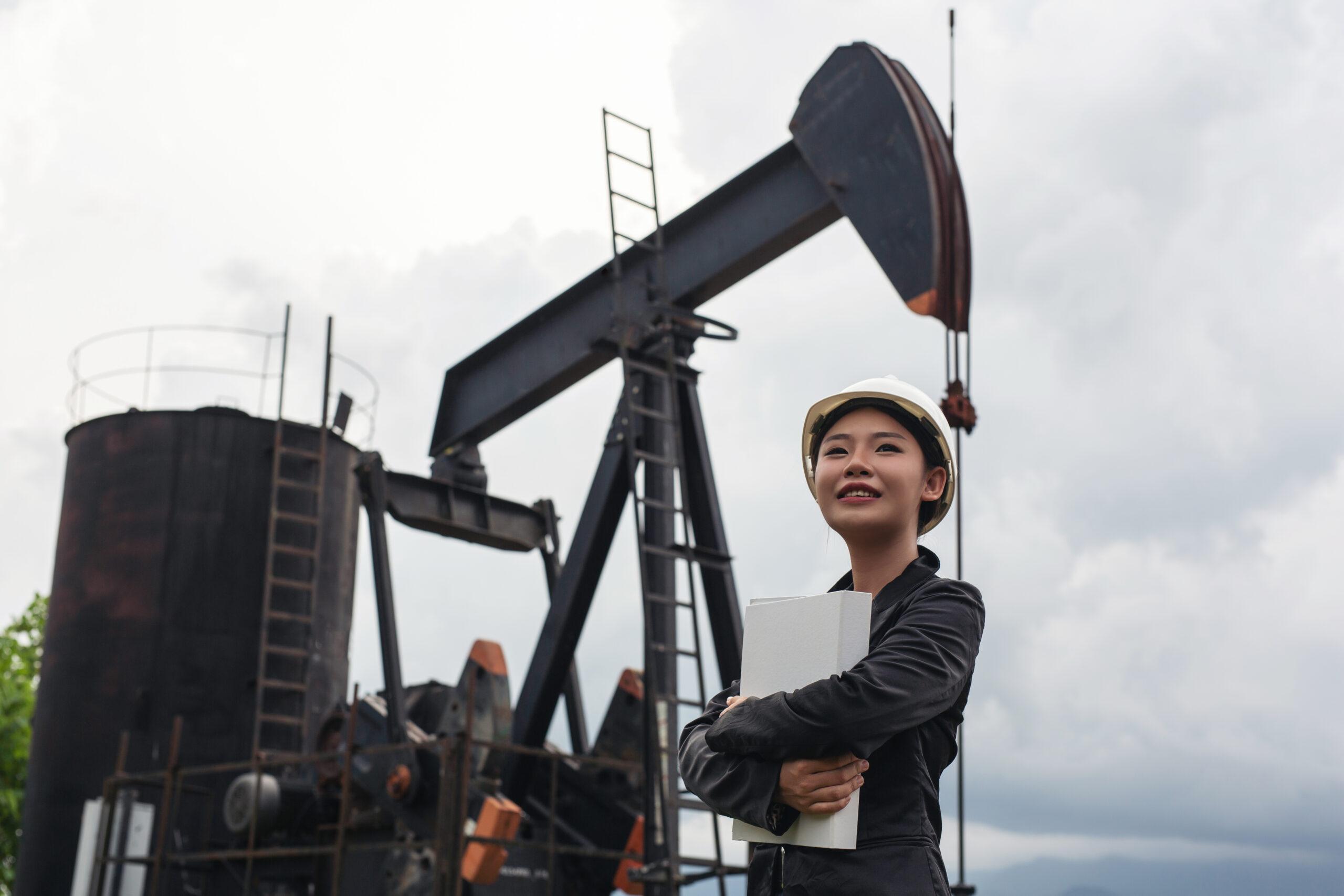
Is Rising Global Oil Prices Impacting Indonesia’s Fuel Prices?
Kehidupan di perantauan • 2 Juli 2025
As of the latest update in June 2025, Fuel prices in Indonesia reached 12,370 Rp (0.76 USD) per liter of Gasoline (Octane-95) and 13,250 Rp (0.82 USD) for diesel. These prices are set and updated monthly by the Indonesian Ministry of Energy and Mineral Resources, and they reflect global oil trends and currency exchange rates.
As a comparison against other countries’ prices
| Country | Price (USD/L) | Notes |
| Indonesia | 0.76 | Subsidized pricing |
| United States | 1.02 | Relatively low due to domestic production |
| Philippines | 1.21 | Recently adjusted downward |
| India | 1.29 | High taxes contribute to price |
| Germany | 1.71 | Among the highest in Europe |
| Norway | 2.12 | High taxes despite being an oil producer |
| Venezuela | ~0.03 | Heavily subsidized, lowest globally |
| Global Average | 1.29 | Based on Octane-95 gasoline |
Indonesia’s fuel price is well below the global average, thanks to government subsidies. Countries like Norway and Germany have high prices due to environmental taxes. Venezuela remains an outlier with ultra-low prices due to extreme subsidies.
Despite this, non-subsidized fuel in Indonesia remains fluctuating and is steadily rising.
How Global Oil Prices Affect Local Fuel Prices

- Crude Oil as the Base Commodity
Most fuels (gasoline, diesel, kerosene) are refined from crude oil, which is traded globally. When global crude oil prices rise, the cost of refining and importing fuel increases, which is passed on to consumers.
- Currency Exchange Rates
Oil is traded in US dollars. If the Indonesian rupiah weakens against the dollar, it makes imported oil more expensive, even if global prices remain stable.
- Geopolitical Tensions
Conflicts in oil-producing regions (like the Middle East) can disrupt supply and drive up global prices, which then ripple into local markets. For example, tensions in the Strait of Hormuz—a key oil shipping route—can cause price spikes.
- Government Policy and Subsidies
Indonesia subsidizes certain fuel types (like Pertalite and Solar), which can buffer consumers from global price swings. However, non-subsidized fuels (like Pertamax and Dexlite) are priced based on market rates, so they fluctuate more directly with global oil prices.
- Supply and Demand Dynamics
When global demand for oil rises (e.g., during economic recovery), prices go up. Conversely, during global slowdowns (like the COVID-19 pandemic), demand drops and prices fall.

